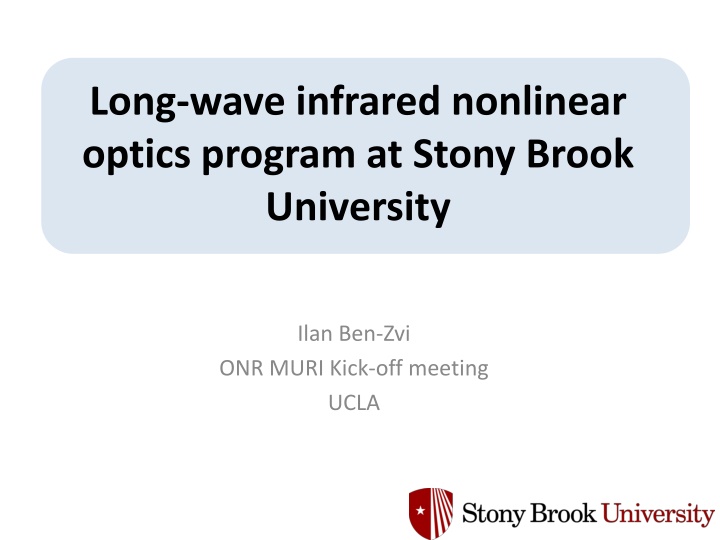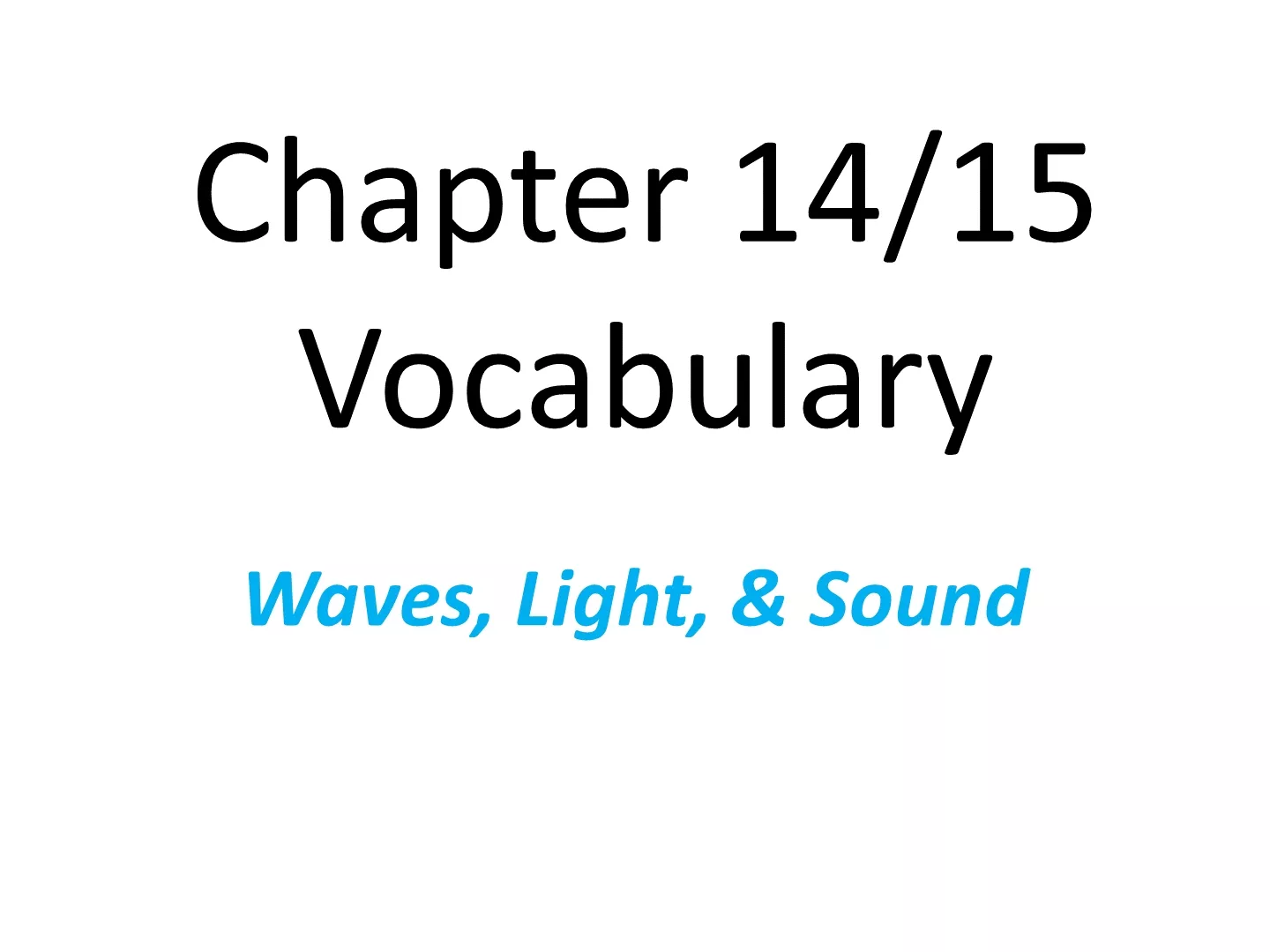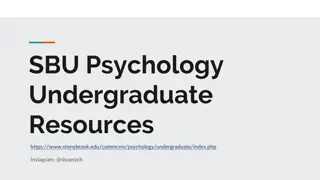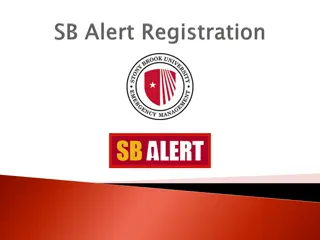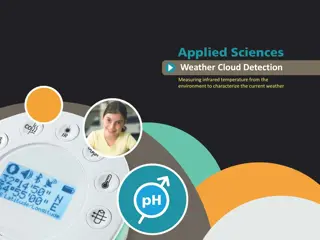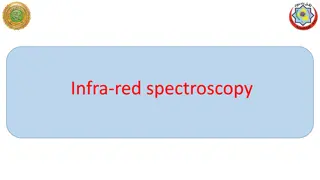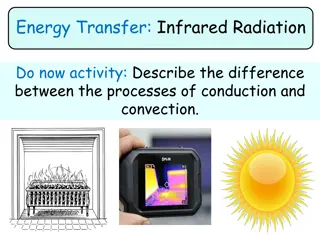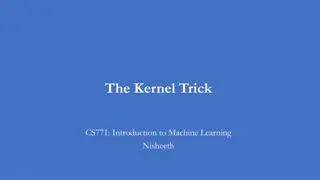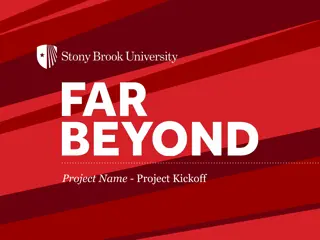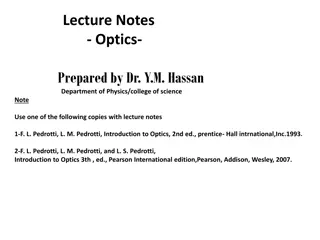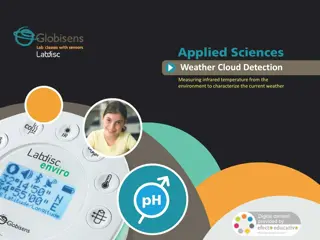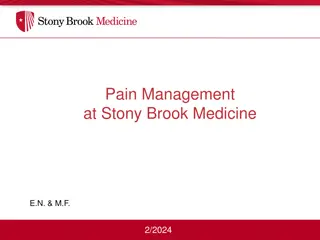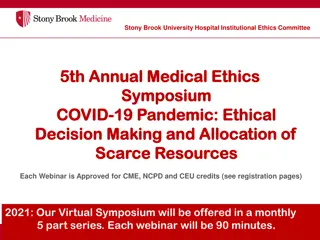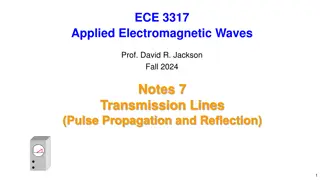Long-wave Infrared Nonlinear Optics Program at Stony Brook University
This program at Stony Brook University focuses on self-guiding CO2 laser pulses over long distances, developing high-power laser systems, and measuring nonlinear refractive indices of gases using advanced laser technology.
Download Presentation

Please find below an Image/Link to download the presentation.
The content on the website is provided AS IS for your information and personal use only. It may not be sold, licensed, or shared on other websites without obtaining consent from the author.If you encounter any issues during the download, it is possible that the publisher has removed the file from their server.
You are allowed to download the files provided on this website for personal or commercial use, subject to the condition that they are used lawfully. All files are the property of their respective owners.
The content on the website is provided AS IS for your information and personal use only. It may not be sold, licensed, or shared on other websites without obtaining consent from the author.
E N D
Presentation Transcript
Long-wave infrared nonlinear optics program at Stony Brook University Ilan Ben-Zvi ONR MURI Kick-off meeting UCLA
Proposed projects in long-wave IR nonlinear optics at Stony Brook University 1. Self-guiding of 1-10 TW, picosecond CO2 laser pulses over 100 m in air at the BNL ATF II in collaboration with the UCLA group and other MURI collaborators 2. Development of a 100 MW, high-repetition rate (5 Hz), 200 ps, 9 10 m and 4 5 m CO2 laser system at the UCLA Neptune Laboratory (while ATF II is coming on line) 3. Apply 100 MW source for measurements of the of the nonlinear refractive index of atomic and molecular gases from 4 5 m and 9 10 m at UCLA
Self-guiding of 1-10 TW CO2 laser pulses over 100 m in the air at BNL ATF II Goals 1. Demonstrate guiding over 100 m in the air using 1-10 TW pulses - Pcrit ~0.5 TW 2. Diagnose LWIR radiation after nonlinear propagation - Spatial - Spectral - Temporal
10 TW CO2 laser system at the BNL ATF II 30 50 J, 3 5 ps 10 TW (Pcrit ~ 0.5 TW in air)
Self-guiding of 1-10 TW CO2 laser pulses over 100 m in the air at BNL ATF II Timeline for experiments ATF II will be available for experiments in 2019 or even later Research effort prior to this date will be dedicated to nonlinear refractive index measurements at UCLA What is Pcrit in the IR?
Development of a high-repetition rate (5 Hz), high-power, tunable IR source at UCLA Neptune Laboratory Goals 1. Design a high-repetition rate (5 Hz), tunable CO2 laser MOPA using existing hardware at UCLA, independent from UCLA s current picosecond CO2 laser system. - Source will be designed for nonlinear refractive index measurements in gases over a range of IR wavelengths (4 5 m and 9 10 m) 1. Produce 100 MW, 200 ps CO2 laser pulses from 9 10 m 2. Apply high-power 9 10 m pulses to produce ~ 20 MW, 200 ps 4 5 m radiation by efficient second harmonic generation
Development of a high-repetition rate (5 Hz), high-power, tunable IR source at UCLA Neptune Laboratory 500 ns 9-10 m pulse CO2 master oscillator 1 m Nd:YAG 100 MW, 200 ps 9-10 m pulse Optical parametric amplifier TEA CO2 laser final amplifier Second harmonic crystal Semiconductor slicing ~20 MW, 200 ps 4-5 m pulse Field broadened 200 ps 9-10 m pulse
Measurements of the of the nonlinear refractive index of atomic and molecular gases in the infrared (at UCLA) Goals 1. Nonlinear refractive index measurements of atomic and molecular gases using third-harmonic generation at 1 m, 4 5 m, and 9 10 m - What is the dispersion of n2 in the infrared? - IR resonances of minor air constituents such as CO2, H2O, and NH3 may affect the nonlinearity of air 2. Pump-probe experiments to measure the time dependence of the nonlinear response of molecular gases pumped by IR radiation in 9 10 m and 4 5 m range - Probed using 1 m, picosecond interferometry - Probe sampled from laser system front end, deterministically synchronized with IR pump
Conclusions Stony Brook University will lead effort on self-guiding at BNL ATF II 1. To demonstrate self-guiding of 1 10 TW CO2 laser pulses over 100 m in the air and to diagnose spatial, spectral, and temporal properties of guided radiation. - ATF II will become available in 2019 Prior to ATF II experiments Stony Brook University will perform nonlinear refractive index measurements at UCLA 1. Develop an independent, high-repetition rate, tunable source of high-power IR radiation from 9 10 m and 4 5 m at UCLA. 2. Measure n2 of atomic and molecular gases in the IR spectral range.
